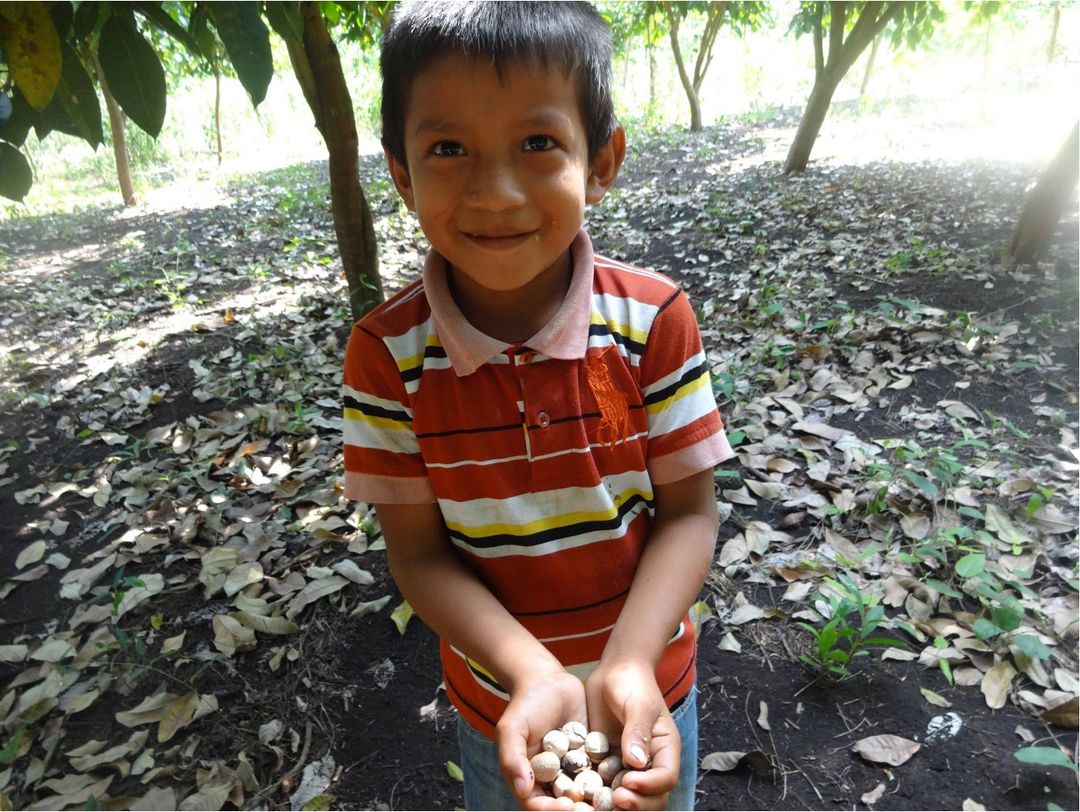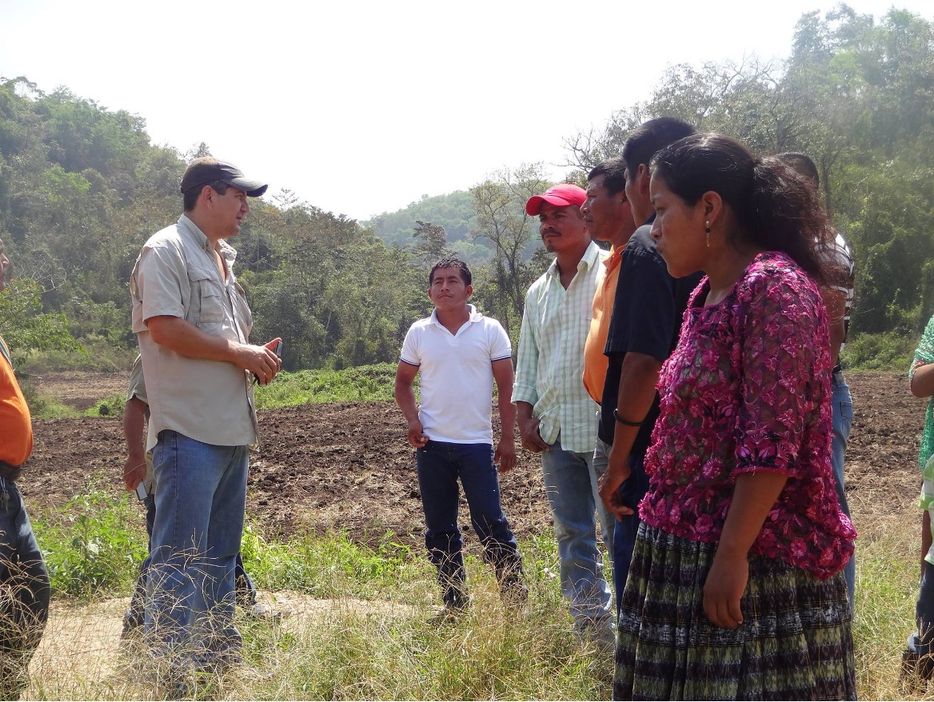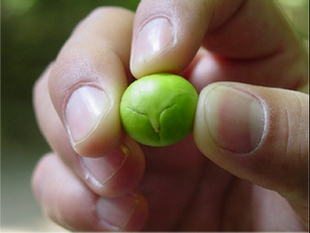Sayaxché - Guatemala
Agroforestry
The project takes place in the Sayaxche municipality in Peten Department, Guatemala.



Since the 1990s, many new settlers have come to Peten. The area is experiencing severe deforestation in its southern half. Deforestation has been particularly rapid near Laguna del Tigre National Park in western Peten. To combat deforestation, Guatemalan president Alvaro Colom proposed dramatically expanding ecotourism around Maya archaeological sites, especially El Mirador, trying to further develop an agricultural system in the southern portion of the Maya Biosphere Reserve that would prevent further northward migration. He called his plan “Cuatro Balam”.

The project is located on the plots of the indigenous Quek’chi farmers. Thanks to the project, they were able to plant 25 000 Maya Nut trees (Brosimum alicastrum) in 2014. This large tropical rainforest tree is native to Latin America and the Caribbean. It was once abundant throughout Central America, Mexico, the Caribbean and parts of South America but is now highly threatened and even extinct in parts of its range due to cutting for firewood and to plant corn. The Maya Nut grows naturally in fertile rainforest soils. It is much higher in many vital nutrients than foods grown on farmed soils. One adult Maya Nut tree can produce about 360kg of food per year and will remain productive for more than 100 years. Maya Nut tolerates marginal soils and is very drought resistant, making it an excellent species for reforestation in degraded sites. The seed is wild harvested by hand from the ground from natural forest and is sun dried and processed using no chemicals and causing no damage to the tree or the environment. This project has demonstrated positive and lasting impacts on rainforest conservation and restoration, health and food security of local communities, protection of soils and water sources, carbon sequestration and wildlife protection.